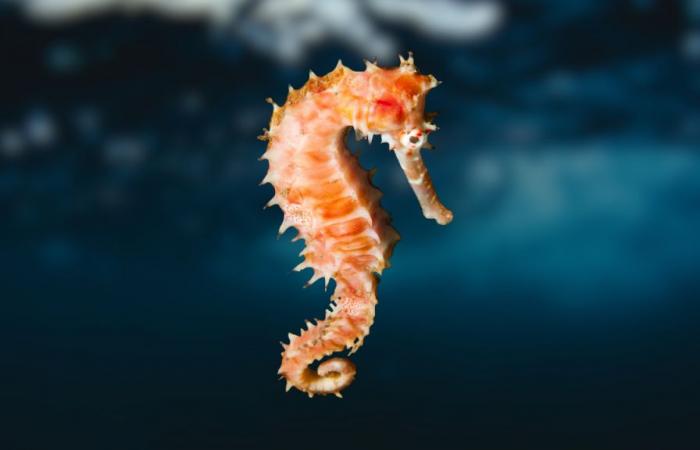
The reappearance of a seahorse after its “extinction”
The news was announced on Sunday September 29, 2024, after obtaining confirmation from a specialist.
In August 2024, in the waters of Sainte-Rose in Reunion, a seahorse was seen by two amateur underwater photographers, Miguel Ramirez and David Pleuvret, one of them then rushed to immortalize the fish previously considered extinct. Mr. Ramirez also testified on the local channel Réunion La Première. when I saw this little seahorse, I was quite impressed”.
As a reminder, this species was observed for the first time in 1990, in the Seychelles. Since then, it has only been recorded once, in 2022, in Mauritius. The species has since been classified as “extinct” by the IUCN (International Union for Conservation of Nature).
The need for expertise
Knowing that the species was presumed extinct, it was necessary to analyze the images before announcing the news. The German scientist Ronald Fricke, recognized in the field of marine biology, was then charged with this mission, after analyzing the photos, he confirmed the news, as reported by the FranceInfo news channel.
Hippocampus tyro a fish of a few centimeters
As mentioned previously, this is an extremely rare species of seahorse. This small marine fish measures on average 6.1 cm as an adult, but the one discovered by the photographers measures only two. It is characterized by its slender body, its 14 rings on the trunk and 38 on the tail. But what differentiates it from other seahorses is its unique dorsal gill opening which serves as a filter to let oxygen pass into the body.
In this species, it is the males who carry the eggs in a brood pouch.
Its recent appearance off the coast of Réunion has not contributed to having more information on the species, in fact the data is insufficient, for good reason, it is extremely difficult to detect, probably due to its small size and of its deep habitat.
Sources : Overseas 1st, West France, Project Seahorse, IUCN





